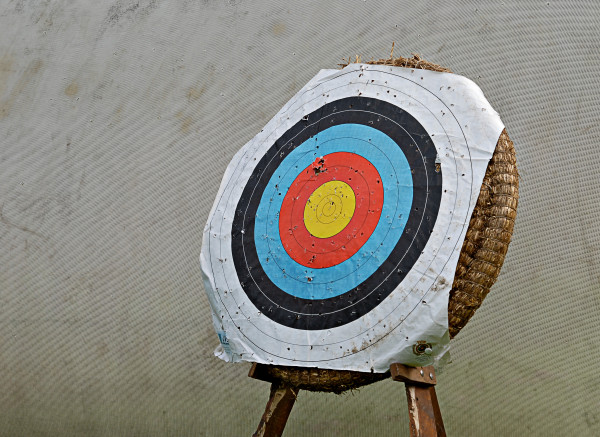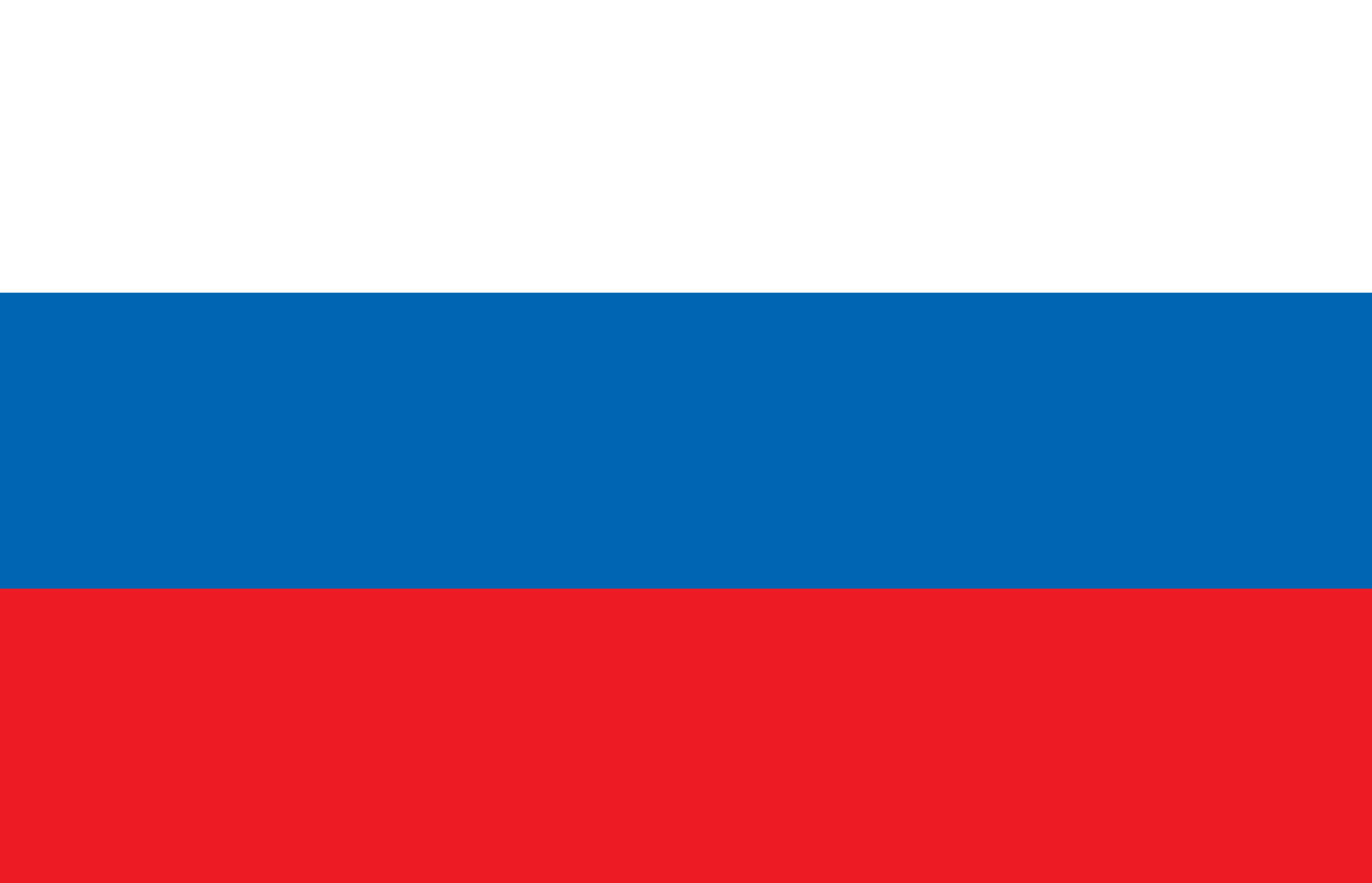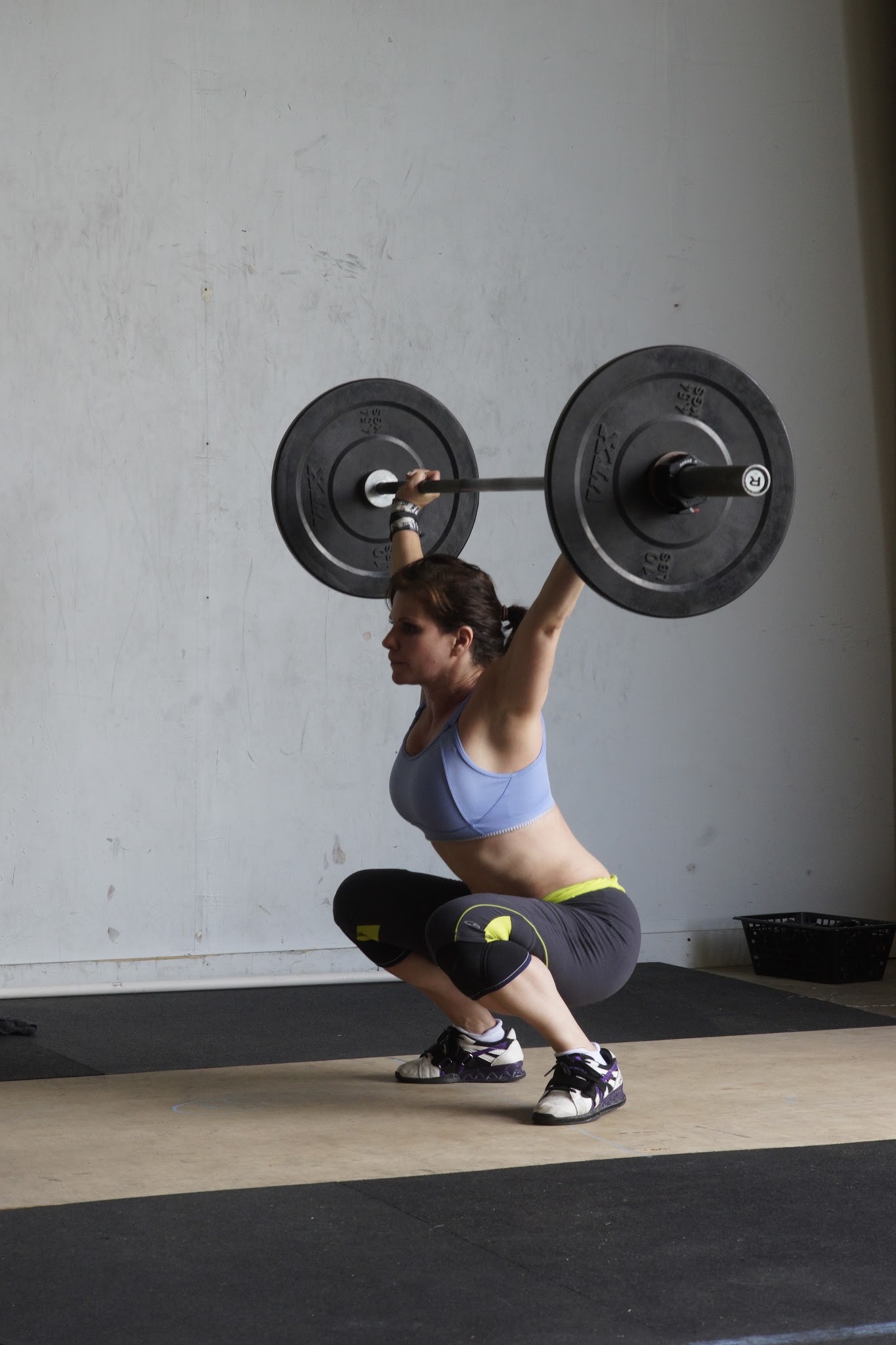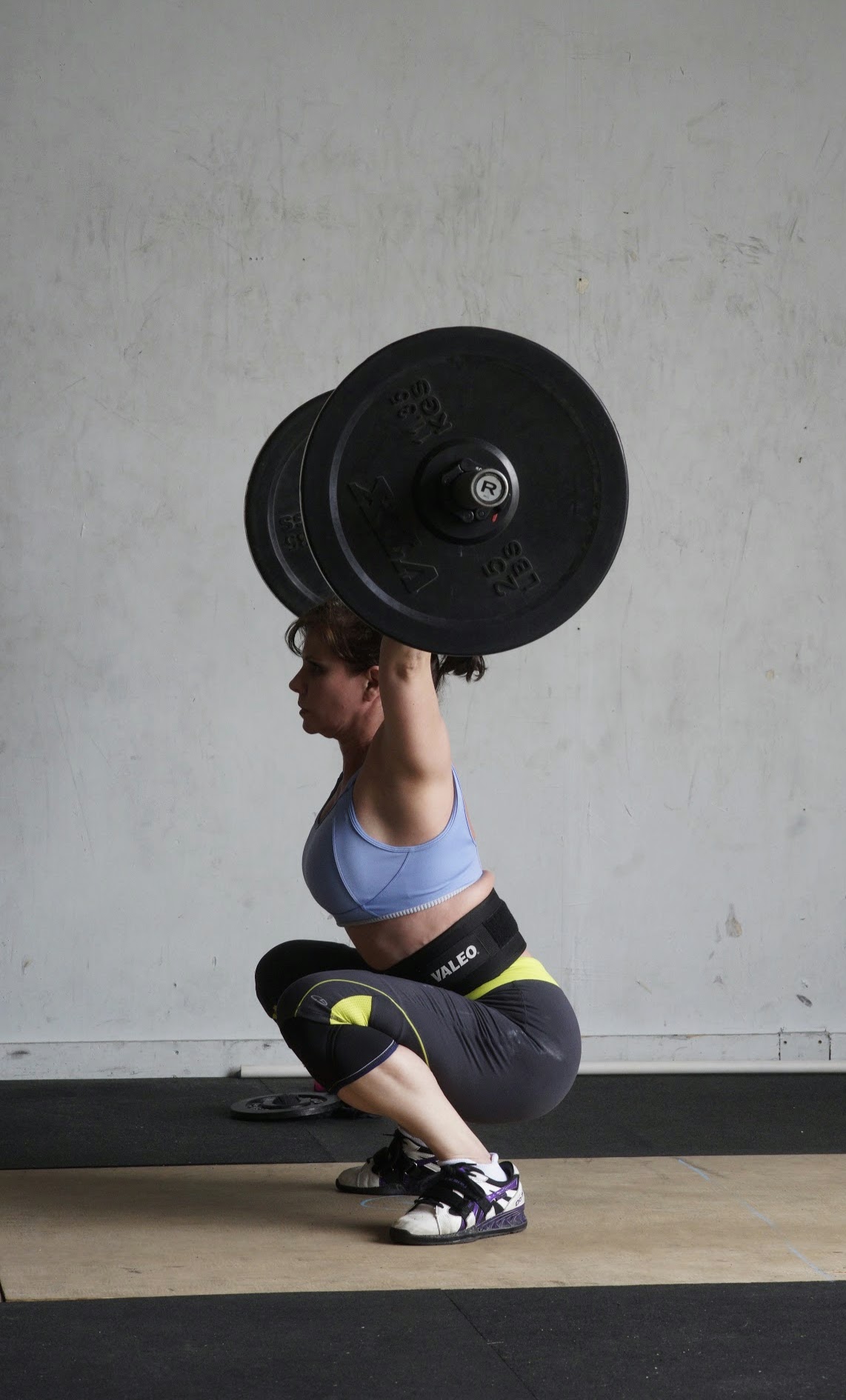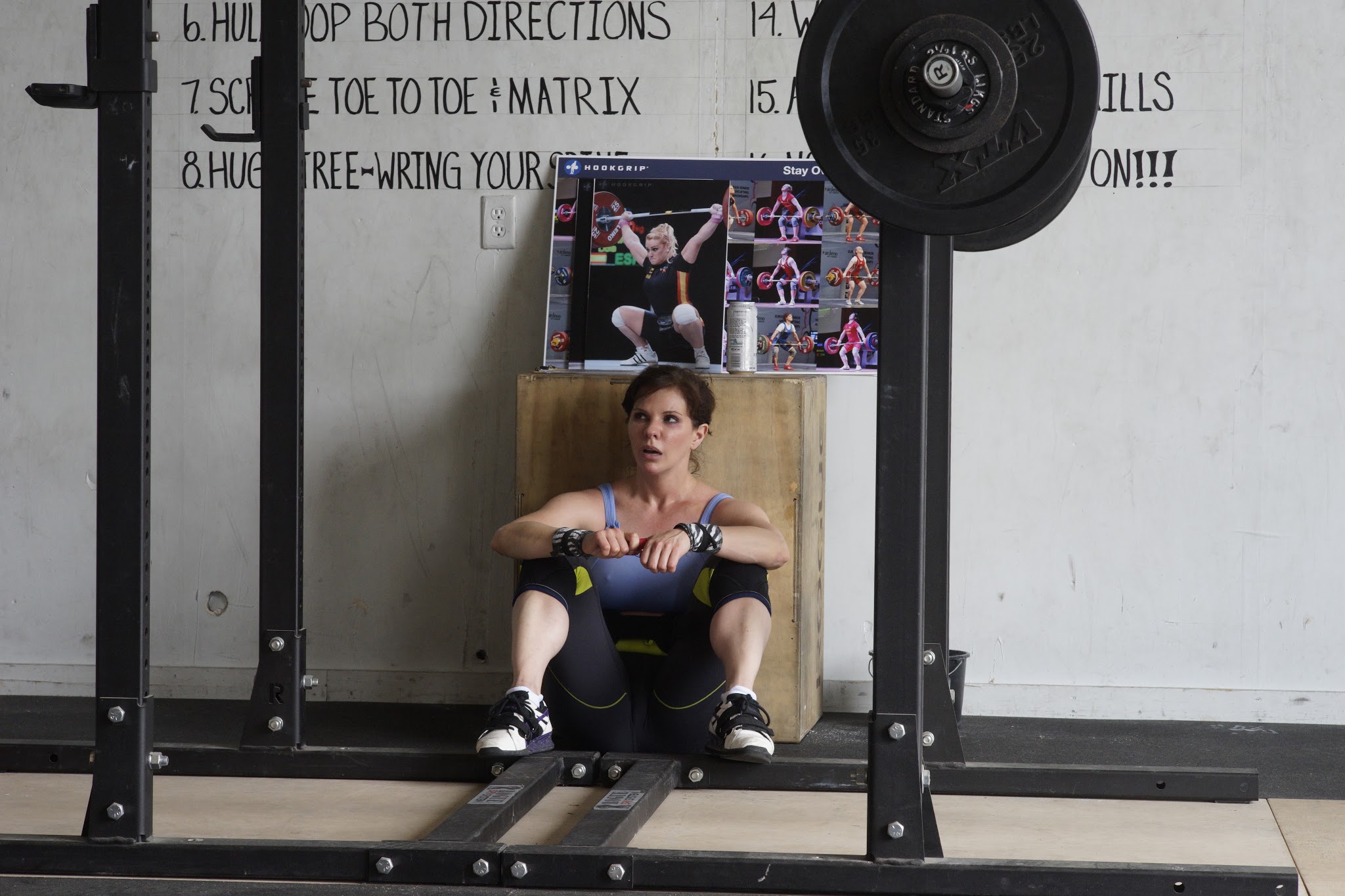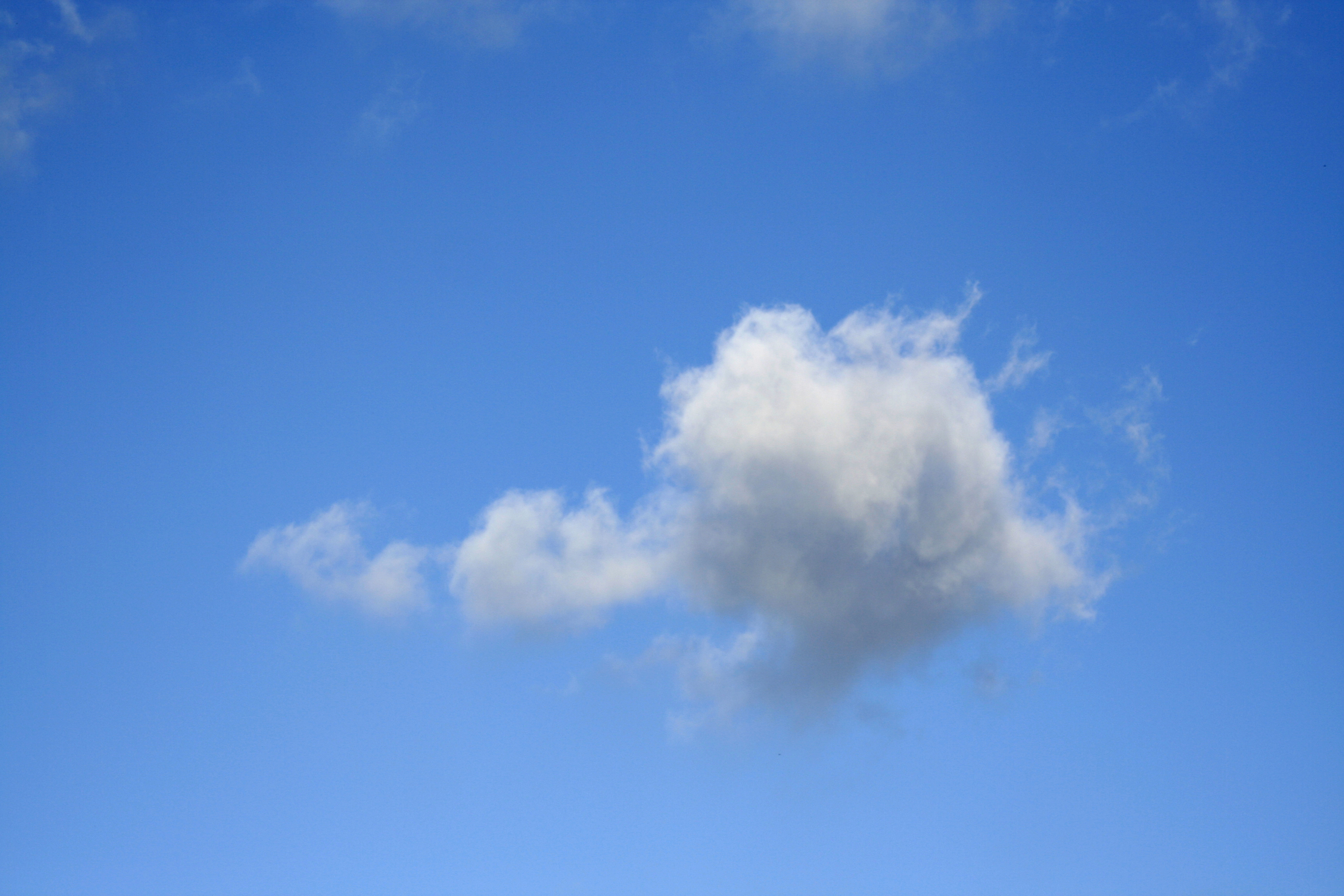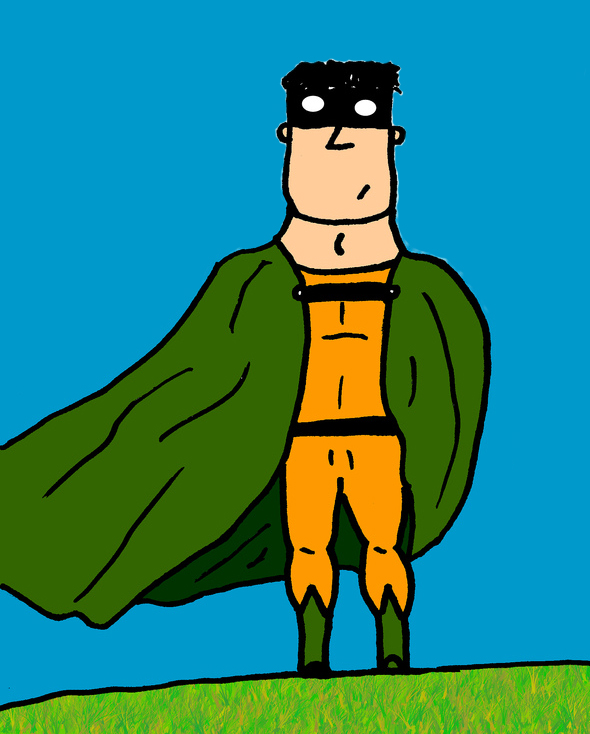A few years ago when I was first setting foot on my weightlifting journey, I joined a closed Facebook group of women who trained with weights. Some were powerlifters, some aesthetic competitors, many were just women looking to be better versions of themselves. I loved that group and have formed many deep friendships there that will last a lifetime.
But I’ve recently pulled back from that group in a self-imposed ban. I found that more and more often I wrote frustrated missives in threads that might not have deserved it. Too many questions from already thin women looking to be skinnier,not stronger, not more powerful, not better. Or women with a lot of weight to lose who had every excuse in the book for why it couldn’t happen for them despite “doing everything right.”
I believe the reason I no longer connect with the group is because my goals are different. I watch the scale not because I’m seeking some magical unicorn number that will make all of my life’s problems disappear. I watch the scale to make sure I don’t stray too far from my weight class so I don’t have to radically diet as I near competition and enter the heaviest part of my programming.
I spend hours every week watching videos, reading articles and practicing my sport. My Instagram feed is a few close friends and over 100 strength athletes. My goals are to match or exceed current US records for my age and weight class not to get the most likes on a bikini pic.
While not oblivious to looking good (I’m not immune to the occasional selfie either in the gym or before going out for a date night), it’s just not the obsessive focus of my attention. I can be self-critical but I will say that I am happier right now with my body and myself than I ever have been in my life.
Knowing what your goals truly are direct not only how you feel about yourself, but how you should proceed obtaining those goals. My husband was telling me about a squat session he had had earlier in the day. I asked what his current 1 rep max was for the squat. He said he didn’t know and didn’t really care. He’s not a competitive powerlifter, so what does that number matter? His goal is to have stronger squats over time, not to reach a specific number for a single lift attempt. He wants the powerful leg and hip muscles, not a trophy.
It blew me away, but he’s totally right. I train largely based on percentages – percentages of my current best lifts and percentages of the lifts I want to make in competition. But if that’s not your goal, why should you train that way? Do high intensity/low volume programs have much meaning for someone who wants to look better at the beach? Your max bench may impress the bros at the gym, but wouldn’t higher volume/lower weight training get you the big pecs to impress the ladies?
Know what you really want in your heart of hearts. Then research how to get there. Follow a program that aims toward that target and make sure you track your work to monitor progress and avoid stagnation.
Be the best of whatever it is YOU want to be. And celebrate with unapologetic glee achieving your best.
